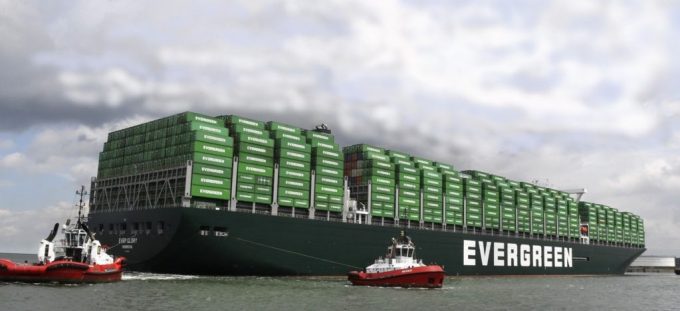More luck than judgment? Top 10 box lines enjoy elusive balance
Something of a sweet spot?

Evergreen has topped the carbon efficiency ranking in the transatlantic trade between North Europe and the US east coast, according to the latest Xeneta ‘naming and faming’ study.
In Q2 23, the route saw dramatic improvement in its carbon efficiency index (CEI), ...

Comment on this article